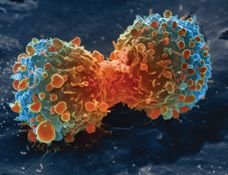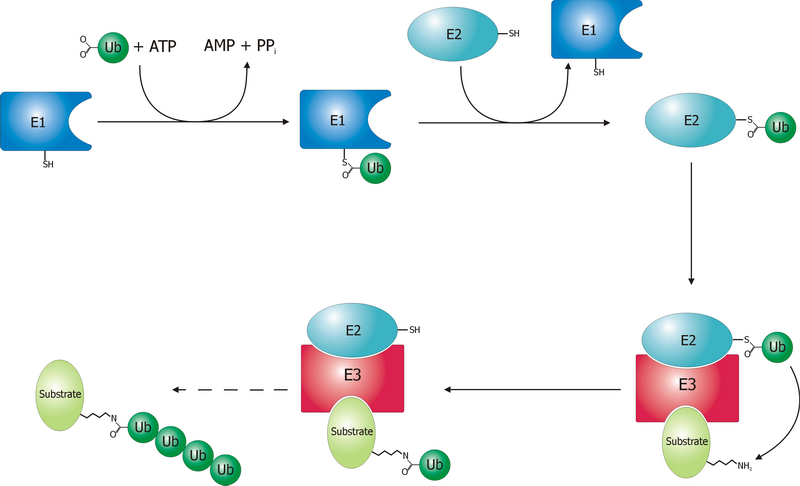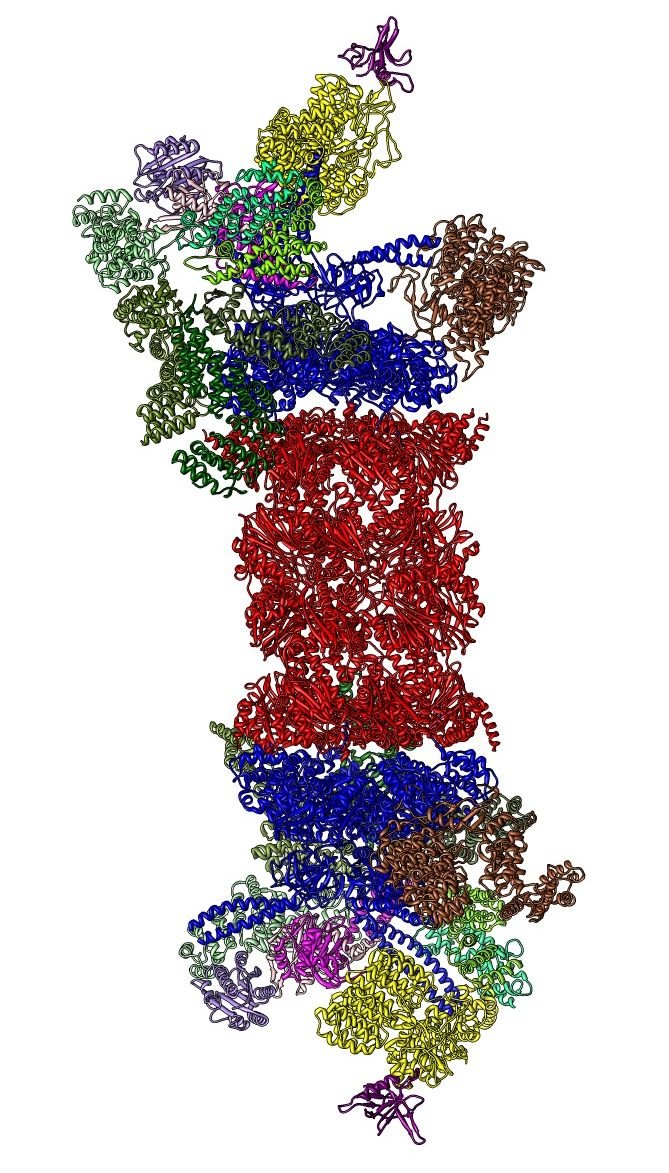Image a method that allows you to label a specific protein, one that is unique to a virus, bacterium or a disease like cancer or Alzheimer´s for destruction. Such a method has recently been developed and tremendous research efforts are being undertaken to bring this into maturity. This method utilized molecules that are called Proteolysis targeting chimeric molecules (PROTACs). PROTACs label a protein for destruction, using the body´s own destruction apparatus. Thus, PROTACs may have the potential to provide very specific treatment, with minimal risk of side-effects. They may even be a cure to cancer.
What Is A Protein
A protein can be almost anything. Proteins can have the form of a fiber or a ball. They can be used by your body to make energy, recognize malfunctions, control metabolic pathways or just help to turn sugar into energy. Proteins are vital to our body and make up a great portion of your body mass. We can eat proteins, but our body makes them itself – and all the time without a break.
Proteins are produced by transcribing a piece of DNA in the cell´s nucleus. Such pieces that are described as a unit are called a gene. However, DNA cannot be read by the cell organelle that produces proteins and thus needs to be transcribed. This is done by proteins (which assume the role of an enzyme) and results in a single-stranded piece of genetic material called RNA. In your body, the RNA is modified, so it can leave the nucleus and travel to the site of protein production without being degraded or altered (_ modification includes capping and formation of a tail, as well as cutting the RNA into units, in some cases_). The organelle that produces proteins is called the ribosome and can be found very close to the nucleus bound to a system of membranes called the endoplasmatic reticulum, or freely swimming around the liquid that fills the cell. The ribosome binds to the RNA and adds together amino acids, according to the recipe given in the RNA. This picture may clear up this process a little bit.
This results in a long chain of amino acids, the so called primary structure. Some amino acids can form a sort of bond with another amino acid that is based on attraction of a hydrogen atom to an area that is abundant with electrons (this is called a hydrogen bond, which is not really a bond). This results in a helix or sheeth-like structure, the secondary structure. Due to other effects like the hydrogen bond, as well as repulsion or attraction of certain amino acids to water (which is abundant in the cell liquid), the secondary structure folds, bends and assumes a 3D shape, the tertiary structure. Sometimes, multiple tertiary structures come together and form a quaternary structure. The function of a protein is dependent on its structure, thus the above process is vital. Since it is so important, protein production is closely observed by organelles in the cell. If a protein is found to be damaged or defect, it gets tagged for recycling.
How Does The Body Get Rid Of Unwanted Or Defect Proteins?
The discovery of the body´s regulation of proteins in the cell was rewarded with the 2004 Nobel Prize in Chemistry (1), which demonstrates the significance of this discovery. Our bodies are very efficient systems that try to recycle whatever possible. The same applies to proteins. Assume that a protein is faulty, due to a mistake in either transcription, translation or just in the formation of the tertiary or quaternary structure.
How do these proteins get tagged for recycling? There are three enzyme that are involved in the process of labelling. The first step, is the ATP-driven activation of a protein called ubiquitin by an enzyme called E1 (2). This leads to an activated ubiquitin molecule which can be used in the tagging process due to increased reactivity. The activated ubiquitin is then linked onto E2, another enzyme (2). E2 is important in the specificity of this system as certain E2 can function in conjugation with certain E3, which is the enzyme that makes this process most specific (2). E3 takes the ubiquitin that was bound to E2 and transfers that onto a protein (2).
There are many different types of E3, which shows how specific this machinery is (2). After these enzymes have added a chain of ubiquitins to a defect protein, it can get recognized by the protein-recycling center of the cell, the 26S proteasome. Here the protein gets unfolded, and then chopped into individual amino acids, which then can be used to make new proteins. (2), (3). In short, this is how the body breaks potentially harmful, defect proteins into useful, recycles amino acids with help of the proteasome.
How Do PROTACs Fit In This?
PROTACs are small molecules, with a simple structure. They consist of a part that can bind specifically to a protein, a linker, and a part that is specific for binding to an E3 (4). So a PROTAC can bind specifically to a protein, and then bind to an E3, which then ubiquinates the protein, tagging it for degradation in the proteasome. Personally, I think this is a very elegant approach.
Multiple PROTACs have been developed already. Some target cancers, for which we only have very limited therapeutic approaches such as prostate cancer (5). Other cancers can be targeted by PROTACs as well, by targeting specific receptors, that regulate transcription (6). We have a wide range of molecules that can specifically bind to proteins. Current research tries to identify more E3 specific molecules.
My Opinion
I wanted to write about this for a long time. The first time I heard about PROTACs was during my advanced biochemistry course, in which I had to read and present an article about PROTACs (_ we were randomly assigned an article from a list our professor made_). At that time I wanted to go into medical chemistry and I was very much intrigued by this technology.
While my paradigm has shifted a little bit and my interest for instrumentation has grown since I interned at a local biotech startup, I still believe that PROTACs offer promise to treat diseases that we were not able to. If we find a way to target several disease-specific proteins, we may be able to cure a lot of diseases that today can be a death sentence.
This company is working on the development of therapeutic PROTACs. They also offer informational materials if you are interested. I am also leaving you with a link to a google scholar search for PROTACs.
Shameless Self-Advertisement
Thank you very much for reading my post about PROTACs. If you have any questions please leave them in the comments. I also appreciate your opinions. Do you think this sounds like a promising new approach to curing diseases?
If you liked this post, leave an upvote. Also you may want to check out my series on instrumentation, my series Genius and Madness or my Lab Chronicles, in which I write about my research to develop filters that filter hormones out of water.
As always,
Cheers @lesshorrible!


.jpg)

